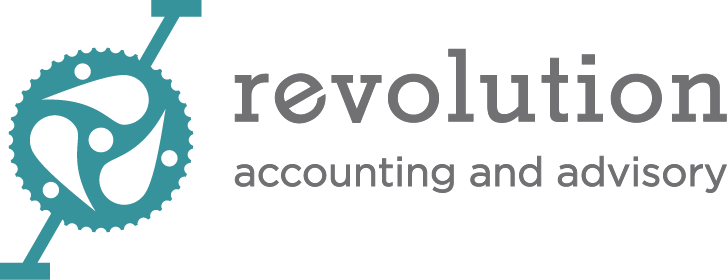Measuring the Mission
For a nonprofit organization, there’s no question that producing timely financial reports and tracking dollars against your budget are vital to ongoing success. Grantors, donors, board members, and other stakeholders need to be assured that the funds of the organization are being used judiciously to serve the mission and goals for which they have signed on.
That kind of budget-to-actual reporting is clearly a primary use for accounting or ERP software. But it’s not the only use. While those financial reports tend to be focused on activities, there are also measurable outcomes that any responsible organization should have clearly stated and could measure progress against.
This is a less obvious use of your ERP software, and not all accounting applications are able to handle it. When we use Intacct cloud ERP software to capture the accounting activity of a client, we can also set up statistical accounts to record and report those non-financial results so that everybody can see the interplay between dollars and outcomes in one place.
How does it work?
Let’s say a nonprofit is working to feed healthy meals to kids through school programs. The activity is getting funding and donations for the supplies and also volunteers to do the prep and serving. And the progress on those activities, compared against the budget that was adopted, could easily be reflected in financial statements. But simply having the food available is not the real objective.
We’d assume the purpose of these efforts is to improve the nutrition and the school experience of the students. These outcomes could be defined and measured in a number of ways:
- Number of students served
- Number of meals served
- Class attendance
- Test scores
Each of those metrics would be kept in its own statistical account. Some measures, such as meals served, would probably be recorded every day, while others, like enrollment or graduation rates, would be recorded much less often. We could then use a computation within Intacct’s reporting and dashboard tools to calculate the totals or an average for a month or any other period we think is relevant.
We can also combine those outcome numbers with financial reports and performance cards to show stakeholders a compelling picture of what they are getting for the program dollars.
While the purely financial measures might cause a reader to dwell on the increased program expense, blending in the outcome metrics demonstrates that your program is actually becoming more efficient. Showing your important constituents the effectiveness of your work is one of the best ways to secure more buy-in and keep building on your mission!
For more ideas on how nonprofits can start seeing the full picture, register for the webinar on June 14, 2017, or download a whitepaper now.



